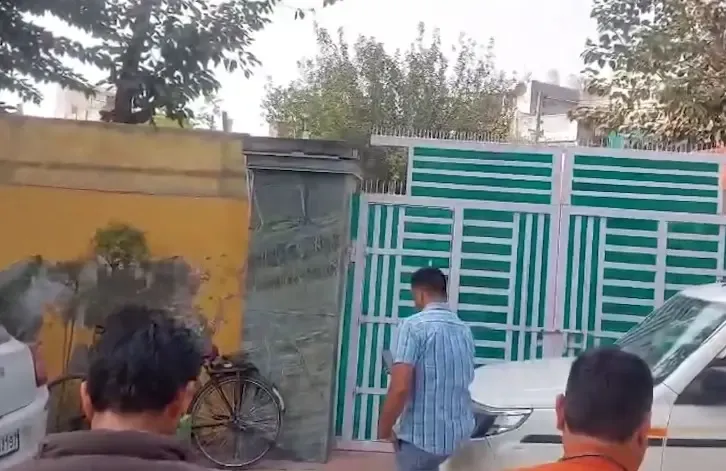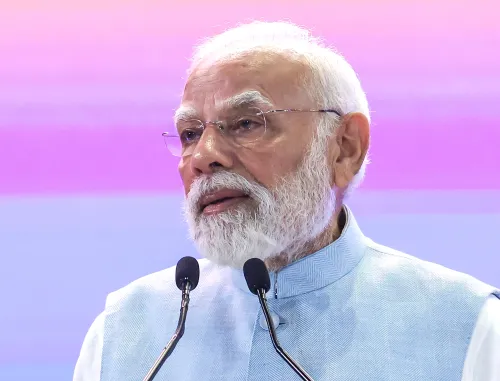What Are the Details of the Faridabad JeM Unit's Plot?

Synopsis
Key Takeaways
- The JeM aimed to establish a vast terror network across India.
- Initial targets were major cities in North India, including Delhi.
- Planned attacks included significant blasts near the Ram Mandir in Ayodhya.
- Recruitment efforts were motivated by past grievances and the Ayodhya issue.
- Operation Sindoor had a notable impact on JeM's recruitment capabilities.
New Delhi, Nov 13 (NationPress) Recent revelations from the investigation into the Delhi Red Fort explosion highlight a significant conspiracy in progress.
Authorities have now confirmed that the Faridabad unit of Jaish-e-Mohammad (JeM) had not only plotted a series of blasts but also aimed to initiate a substantial recruitment effort.
An official indicated that the objective was to establish one of the most extensive terror networks nationwide.
In the initial phase, JeM targeted major urban centers in North India, with plans to expand into Maharashtra, the Northeast, and eventually South India, according to officials.
Telegram conversations among the suspects revealed the group's ambitions for expansion.
The suspects contemplated executing at least six synchronized blasts across various locations in North India, including a significant explosion near the Ram Mandir in Ayodhya.
However, their primary target was Delhi, as the terror group sought to confront the nation's security forces.
By striking the capital, JeM intended to send a clear message: they could launch attacks anywhere, even in the face of stringent security measures.
The terror group aimed to assert that targeting the Ram Mandir was an act of retribution for the destruction of the 'Babri Masjid.'
The Ayodhya controversy has long served as a recruitment tool for various terror organizations, and this instance aimed to achieve the same goal.
The remaining four planned explosions were intended to demonstrate the group's capabilities and incite fear. Additionally, the terror group was motivated to retaliate for the losses incurred during Operation Sindoor, which had severely impacted JeM.
According to an Intelligence Bureau official, such attacks were not solely meant to resonate within India, aiming to impress and recruit local youth; they also sought to send a signal to Pakistan, where JeM has struggled to attract recruits.
Following Operation Sindoor, many have distanced themselves from the group, complicating JeM's operational viability.
During the initial stage of their campaign, JeM established a module in Faridabad. After securing personnel, they located sources for ammonium nitrate in Nuh, Haryana.
Afterward, plans were discussed in-person and via Telegram channels.
Once locations were established, the module began constructing explosives.
In the concluding phase, the explosives were distributed to operatives.
Throughout the execution process, the dates for the attacks were altered multiple times. The original plan was to execute the attacks on August 15, which was then postponed to December 6.
Another chat record indicated that if the December 6 date was missed, the coordinated operations would be rescheduled for January 26.
However, the dismantling of the Faridabad module caused panic, leading to a premature explosion, investigators noted.
Sources revealed that a similar strategy was being developed for other regions of the country. They were on the verge of creating additional modules and executing blasts elsewhere.
The module members were informed that they would proceed to other areas once the initial plans for North India were executed.









